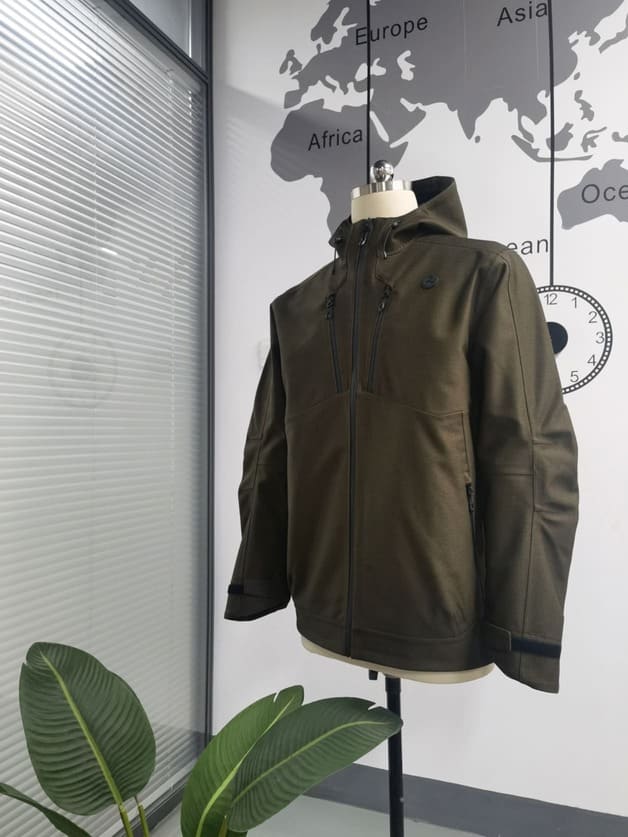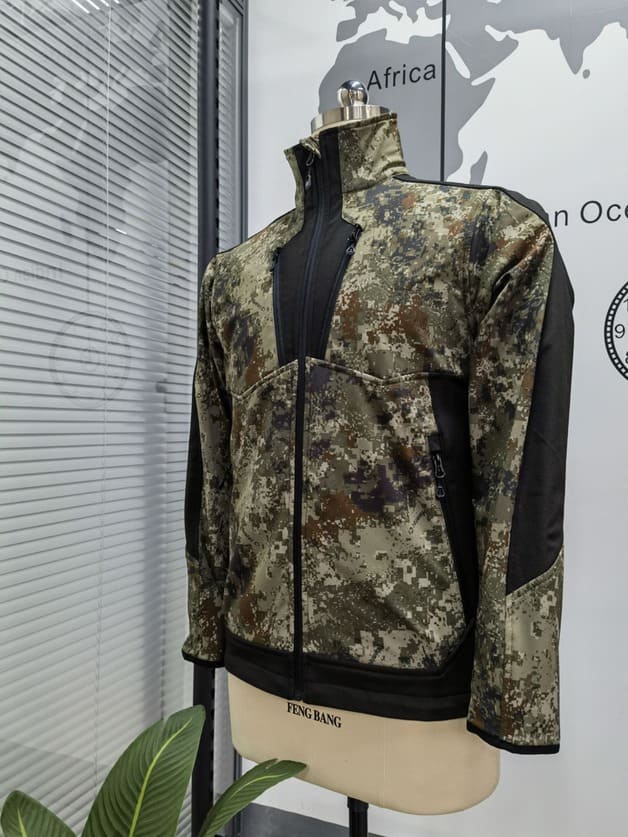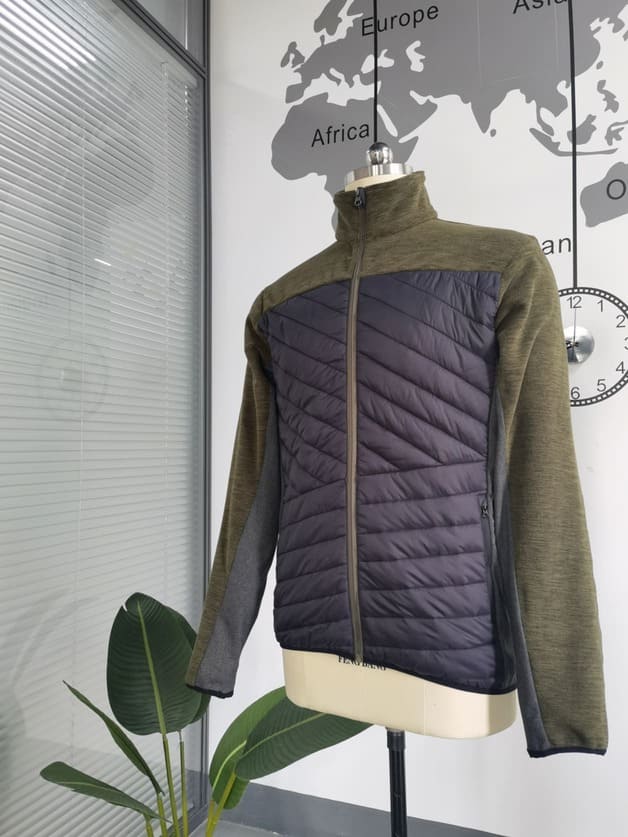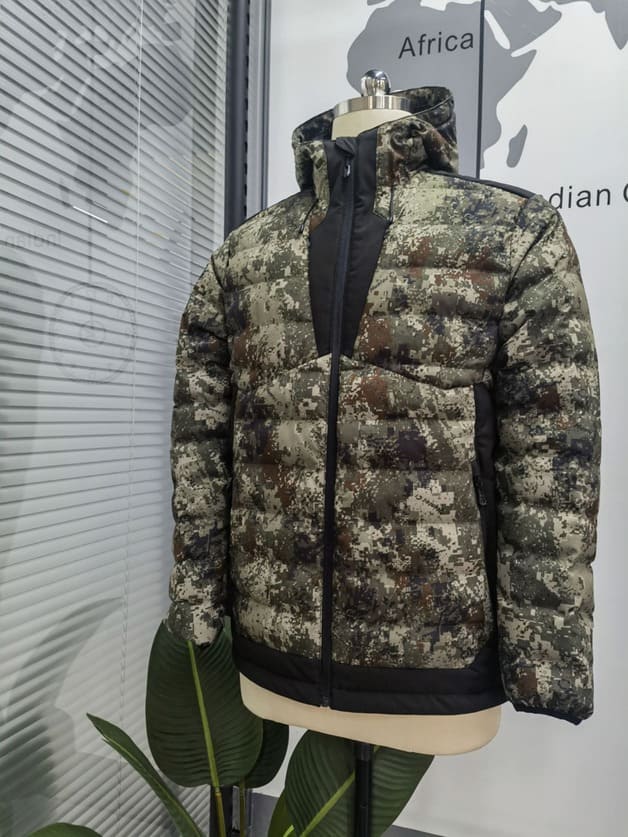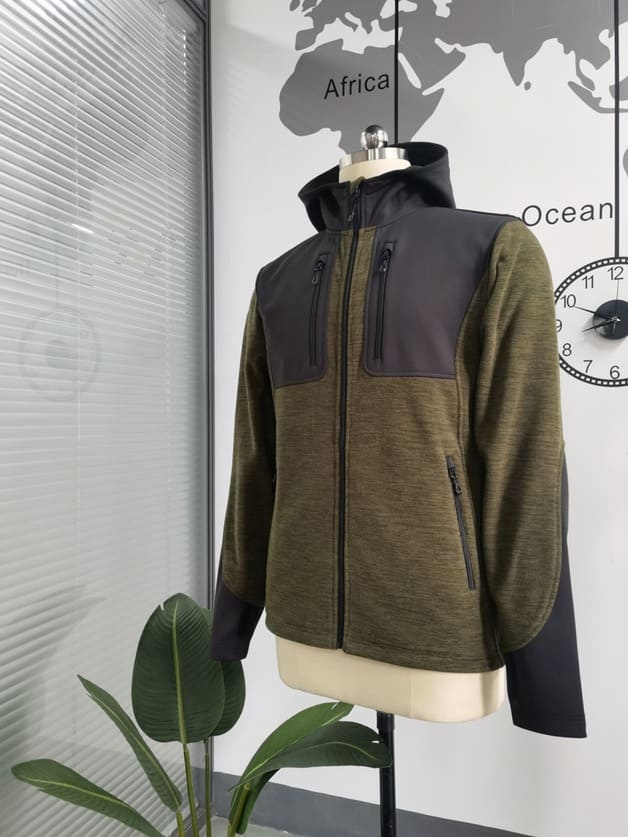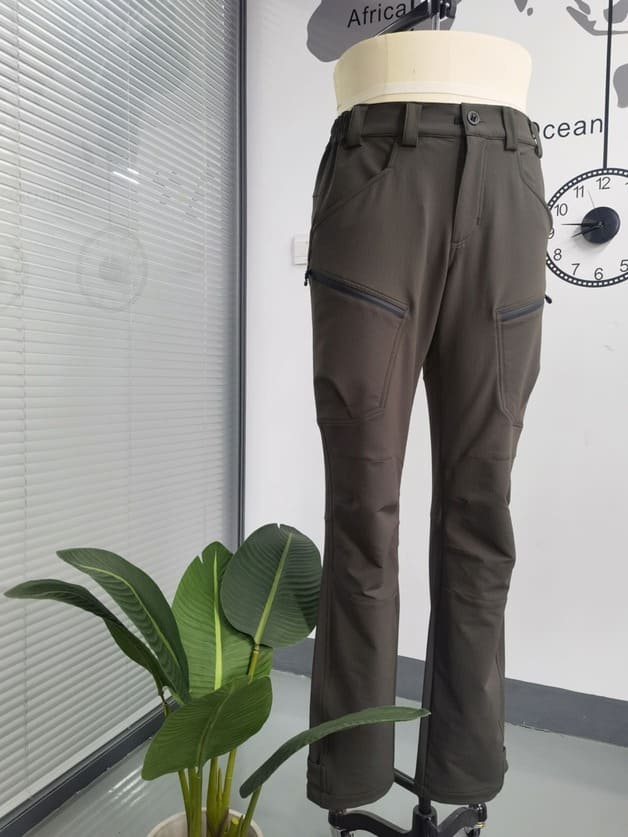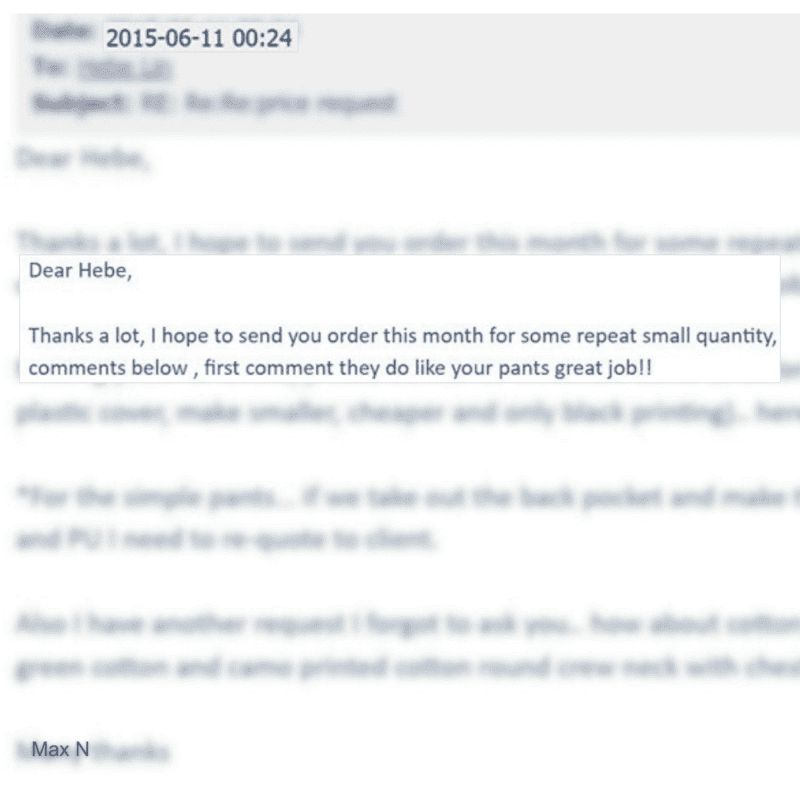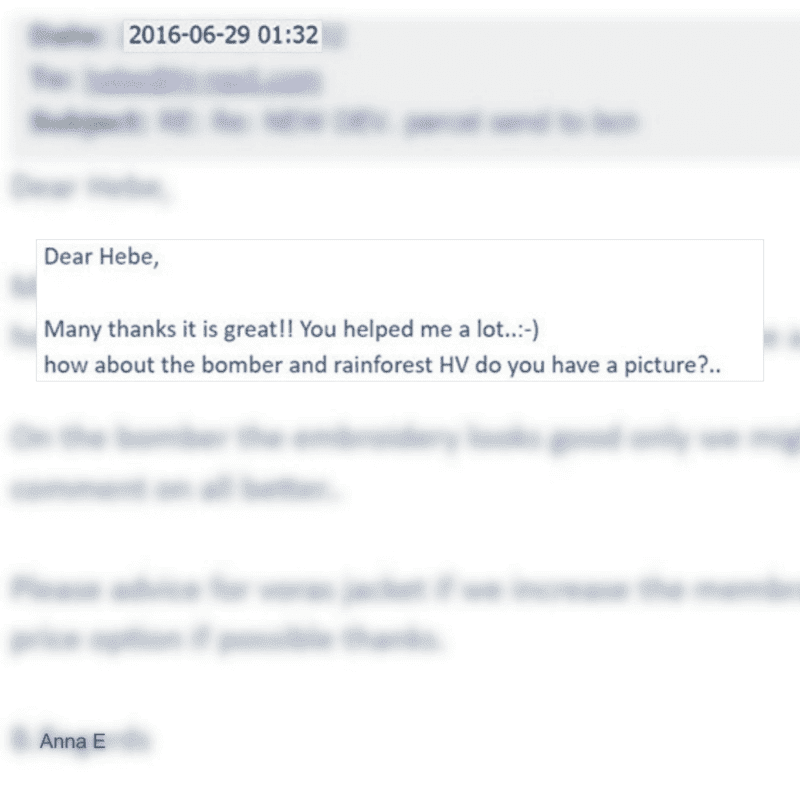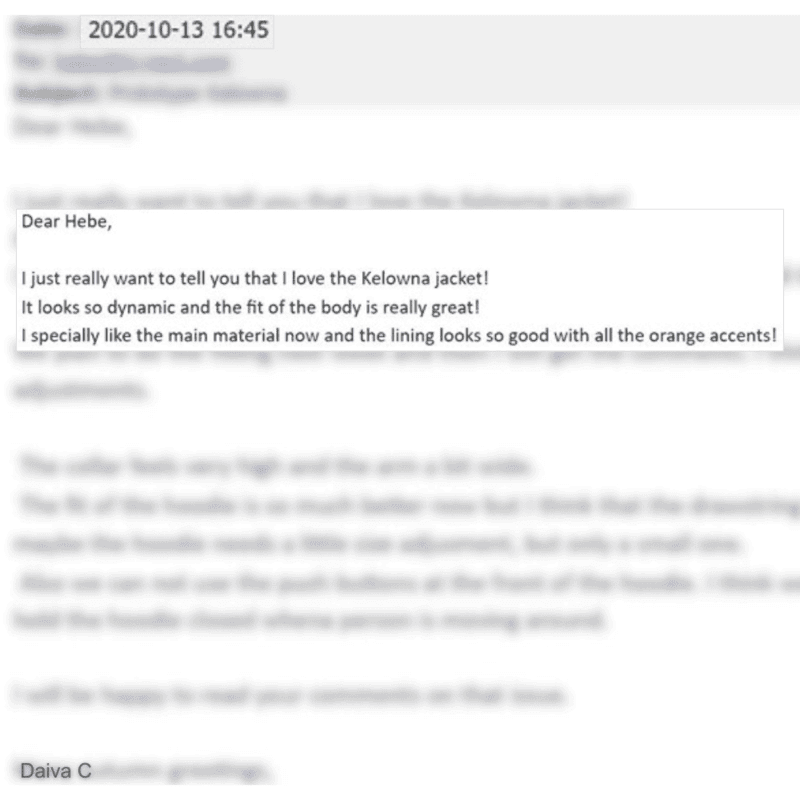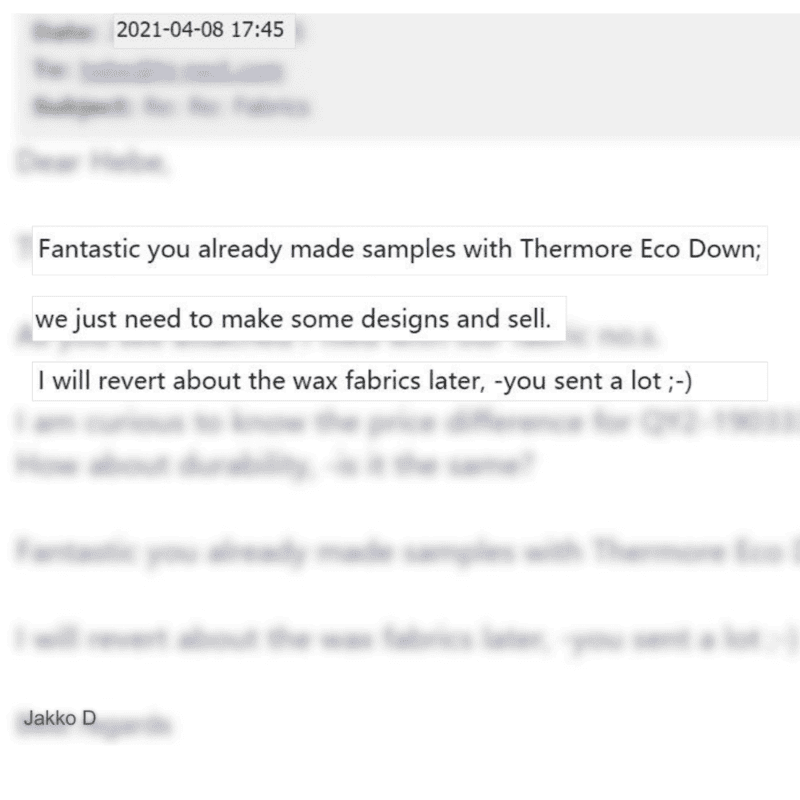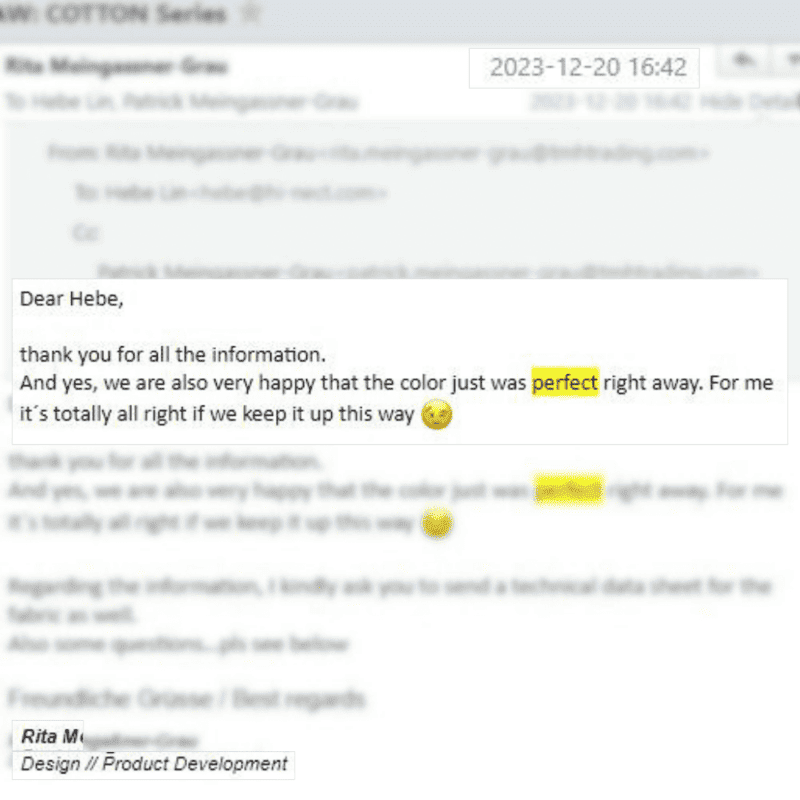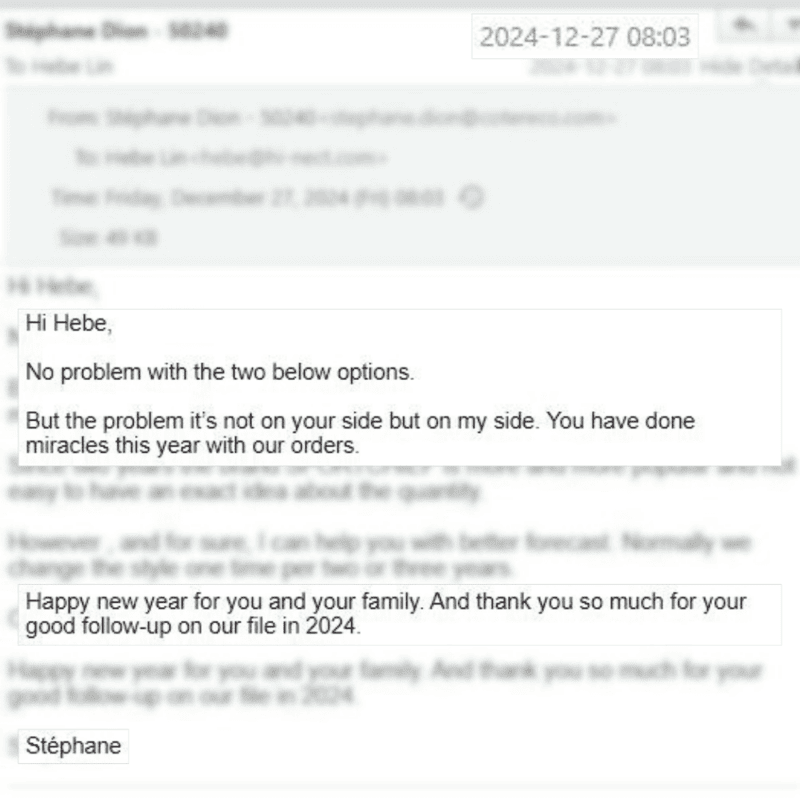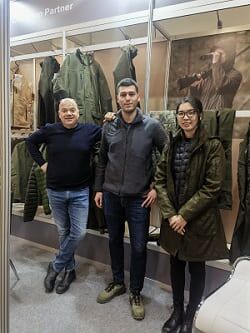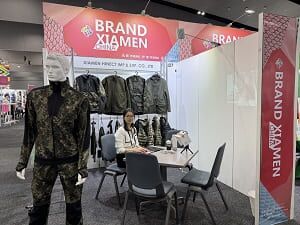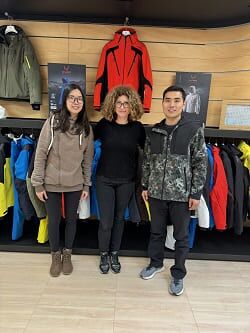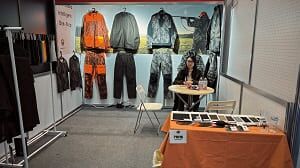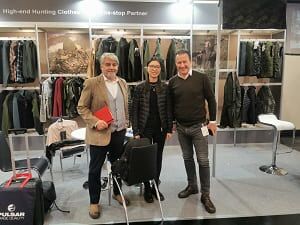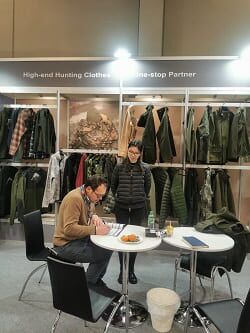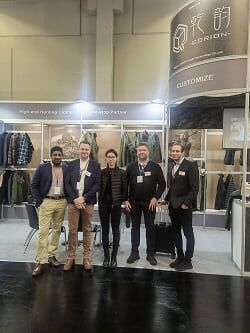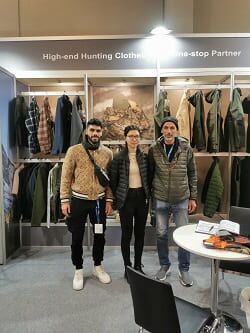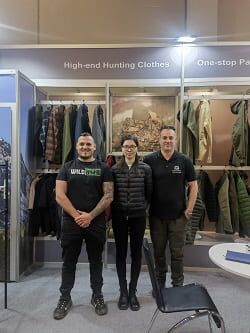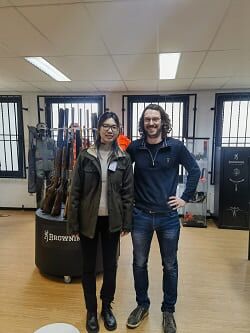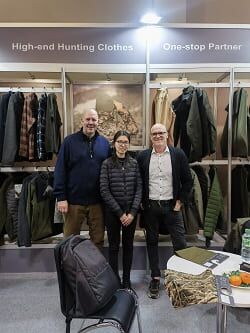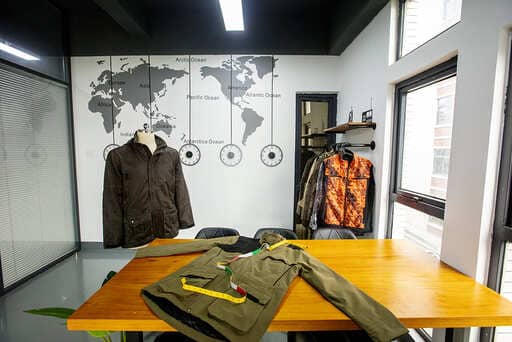Article Summary
The "best" jacket depends entirely on the intended use. This guide clarifies the fundamental differences between a protective hardshell and a versatile softshell. We explore the trade-offs in waterproofing, breathability, and comfort, helping you make informed development decisions that align with your target market's needs.
Introduction: Beyond Simply "Waterproof"
When developing an outerwear line, one of the most critical decisions is choosing between a hardshell and a softshell. While both offer protection, they are engineered for vastly different scenarios. Understanding these differences is key to creating products that your customers will love and trust.
What is a Hardshell? The Fortress
Think of a hardshell, like a 3L jacket, as your impenetrable fortress against the elements. Its primary job is to keep you completely dry in the most severe conditions—heavy rain, driving snow, and high winds. It achieves this through a waterproof/breathable membrane and fully taped seams.
- Pros: Completely waterproof and windproof, highly durable.
- Cons: Generally less breathable, fabric can be stiff and make a "crinkling" noise.
What is a Softshell? The Athlete
A softshell is the versatile athlete of the outerwear world. It prioritizes breathability, stretch, and comfort during aerobic activities. It's not designed for torrential downpours but excels in most other conditions by offering protection from wind and light precipitation while efficiently managing body heat and sweat.
- Pros: Highly breathable, flexible and stretchy for freedom of movement, quiet, and comfortable next-to-skin.
- Cons: Water-resistant, not fully waterproof. Less protection in extreme weather.
Matching the Jacket to the Activity: A Guide for Your Brand
Helping your customers choose correctly builds brand loyalty. Here’s a simple guide:
Choose a SOFTSHELL for:
- High-output activities: Fast hiking, backcountry skiing, climbing.
- Cool, dry, and unpredictable weather.
- When comfort and breathability are more important than total waterproofness.
Choose a HARDSHELL for:
- Extended periods in heavy, persistent rain or wet snow.
- Low-to-moderate activity levels where staying dry is the absolute top priority.
- As an essential emergency layer in a pack for mountaineering or long expeditions.
Conclusion: Partnering for the Right Solution
At Hi-nect, we don't just manufacture jackets; we help you build the right product for your specific audience. By understanding the nuances of materials and construction, we can guide you in creating a softshell or hardshell jacket that perfectly embodies your brand's promise and meets the real-world needs of your customers.

